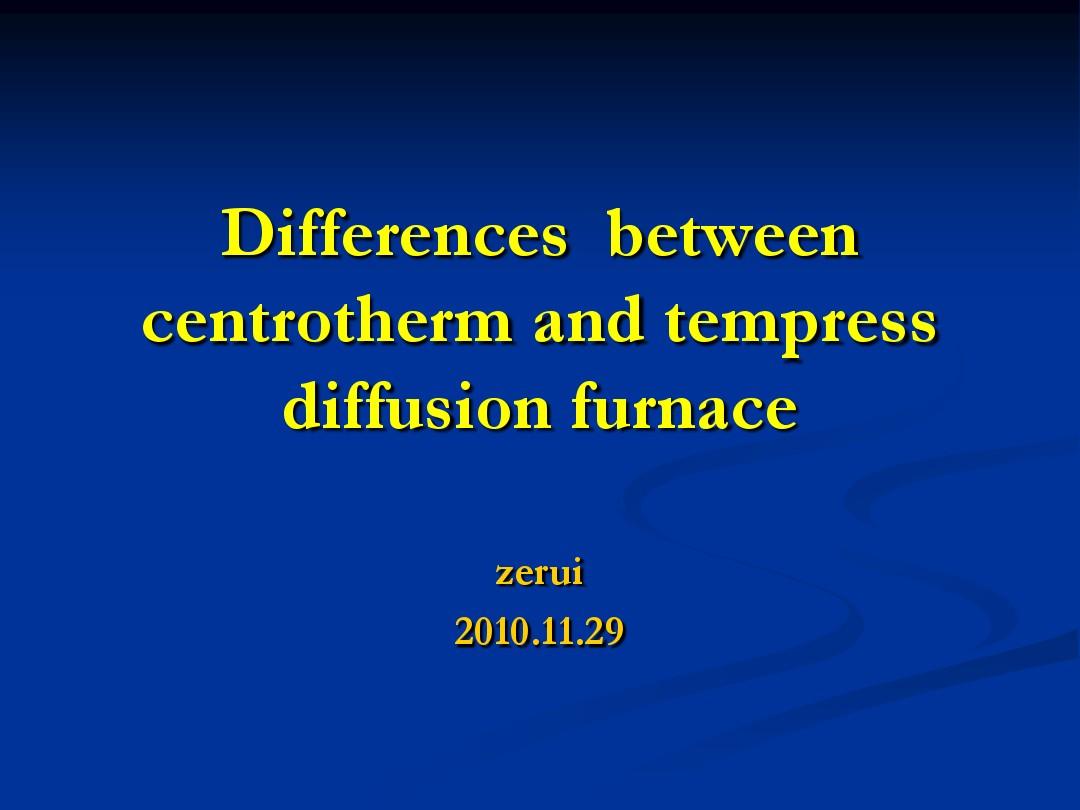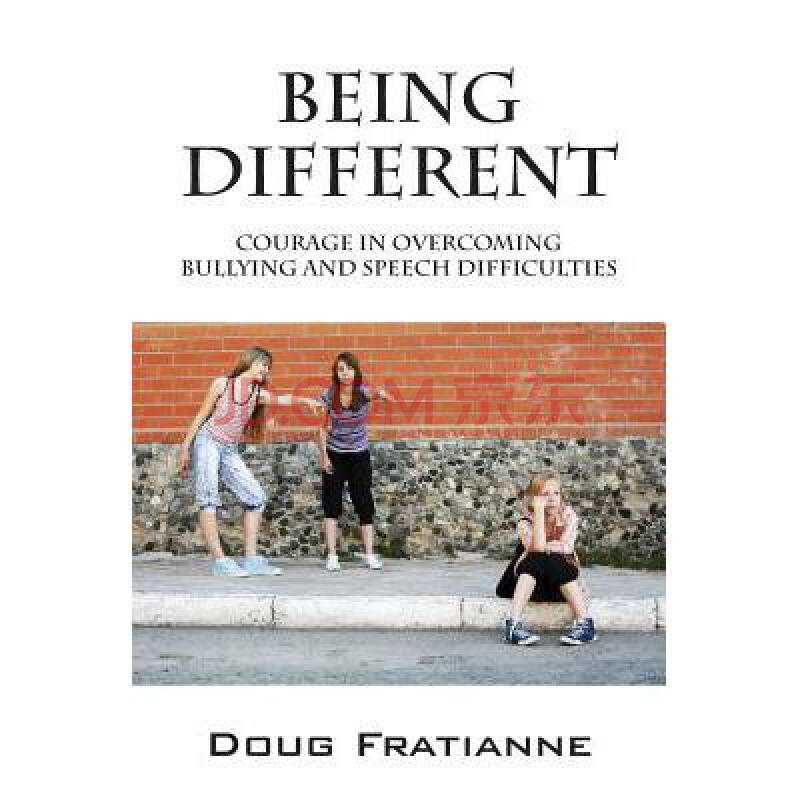The Difference Between Bio-fur and Down
The difference between bio-fur and down is that bio-fur is a synthetic material made from plastic and other artificial fibers, while down is a natural material made from the soft, downy underfur of birds such as ducks and geese. Bio-fur is typically cheaper and easier to produce than down, but it also lacks the warmth and breathability of down. Down, on the other hand, is a highly insulating material that can keep a person warm even when it is cold outside, but it can also be more expensive and difficult to find in certain areas.
Bio-fur and down are two types of materials commonly used in clothing and other textiles. While both are soft, lightweight, and excellent insulators, there are significant differences between the two in terms of their origin, appearance, texture, and uses.

Bio-fur is a type of artificial fur made from a synthetic material that mimics the appearance and feel of real fur. It is often used in clothing, shoes, and accessories to create a luxurious and stylish look. Bio-fur is available in a wide range of colors and lengths, and it can be easily styled to suit different outfits and occasions. However, some people may be allergic to synthetic materials, so it is important to check the material content before wearing any bio-fur products.
Down, on the other hand, is a natural material made from the soft, fluffy underlayer of certain birds’ skin. It is highly prized for its exceptional insulating properties and its ability to trap warm air, making it an ideal material for cold weather clothing. Down is usually harvested from geese or ducks, and it is often used to fill jackets, coats, and other clothing items. However, some people may be allergic to down, and it is also not as sustainable as bio-fur, as it requires the killing of birds to harvest the material.

In terms of appearance, bio-fur tends to have a more synthetic and shiny appearance, while down has a more natural and earthy look. The texture of bio-fur is usually smoother and more uniform than that of down, which has a more irregular and fuzzy texture. This difference in texture also affects the way the materials feel on the skin; while both are soft, some people may find down to be coarser than bio-fur.
When it comes to uses, both bio-fur and down have their own advantages and disadvantages. Bio-fur is often used in clothing items that require a more luxurious and stylish look, such as coats, jackets, and hats. It is also easier to clean and maintain than down, as it does not require special care or cleaning agents. On the other hand, down is better suited for colder climates and for outdoor activities that require more insulation, such as camping or skiing. It is also more breathable than bio-fur, making it more comfortable to wear in warm or humid conditions.

In conclusion, bio-fur and down are both excellent materials with their own unique advantages and disadvantages. The choice between the two depends on personal preference, needs, and budget. However, it is important to consider the sustainability and ethical implications of both materials before making a decision. For example, consumers can opt for sustainable and cruelty-free alternatives to bio-fur and down, such as vegan-friendly materials made from recycled plastic bottles or synthetic fibers that mimic the appearance and feel of real fur without the need to kill animals.
Articles related to the knowledge points of this article:
Goose Down: A Natural and Sustainable Source of Warmth
Feather and Down Fabric: A Versatile and Warm Material for Fashion and Home Decor
Title: The Art of Minimalism: A Masterpiece in Plain Ties
Title: Discovering the Perfect Tie: A Guide to Purchasing the Perfect Bow Tie



